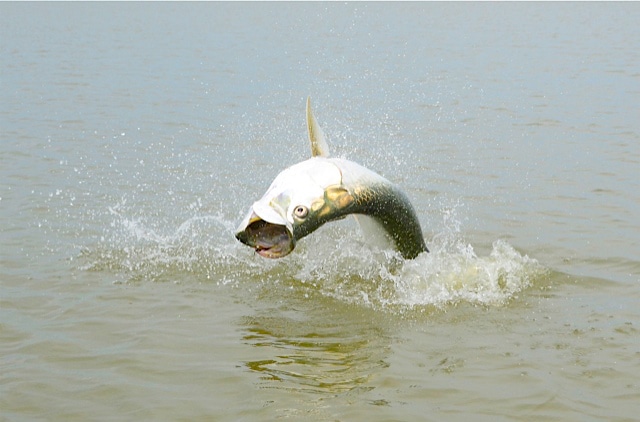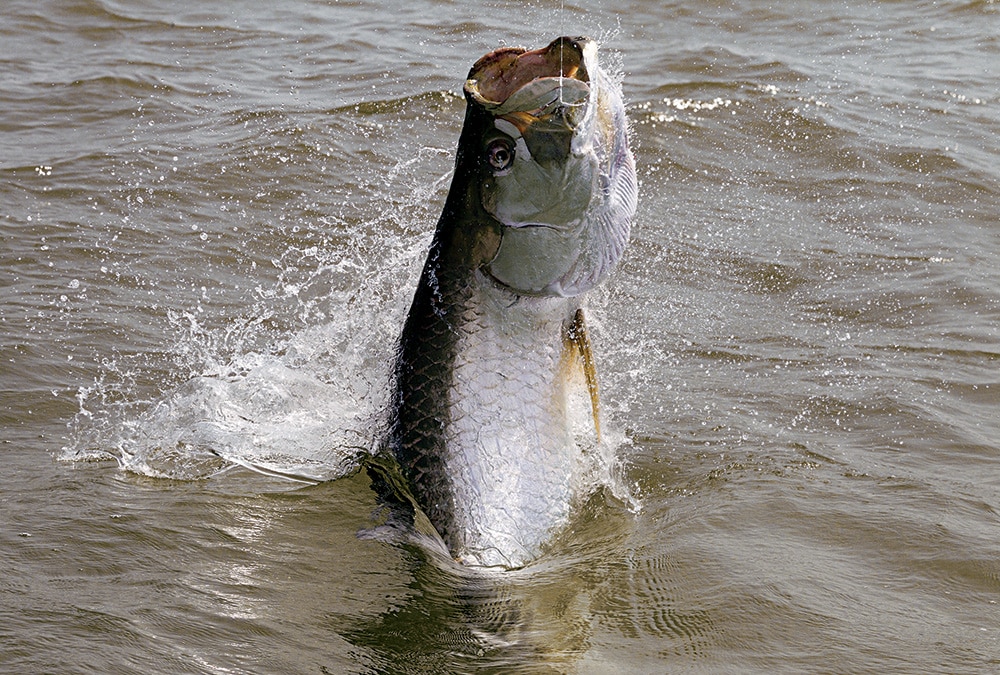
The first time I was approached about scouting a new fly-fishing location and lodge in Nicaragua, my response probably mimicked most Americans’: “Seriously?” The last time I heard about Nicaragua, I was a college student in the 1980s, and truth be told, I wasn’t following the news ardently. However, even I knew about the Sandinistas, the anti-communist Contras and Col. Oliver North. Twenty-five years later, Nicaragua wasn’t exactly at the top of my list of places to visit — but from an angling perspective, it should have been.
As I researched and spoke to other adventurous anglers, it quickly became apparent that the fishery in Nicaragua, in terms of international fly-anglers, is in its infancy, a very appealing tidbit for those who are willing to explore roads less traveled.
I had heard mixed reviews about the east coast of Nicaragua from Jim Klug of Yellow Dog Flyfishing and Brian O’Keefe, two of the sport’s adventure pioneers. However, if there is a fishery worth exploring and Harry Robertson tells me I should spend my time and money to get there, well, that’s good enough for me. Robertson helped cultivate Cooper’s Minipi Lodges in Labrador 25 years ago and did the same for Despedida Lodge in Tierra del Fuego. The latest area he has “found” for the rest of us to enjoy is near the mouth of the San Juan River, where it empties into the Caribbean Sea on Nicaragua’s southeast coast.
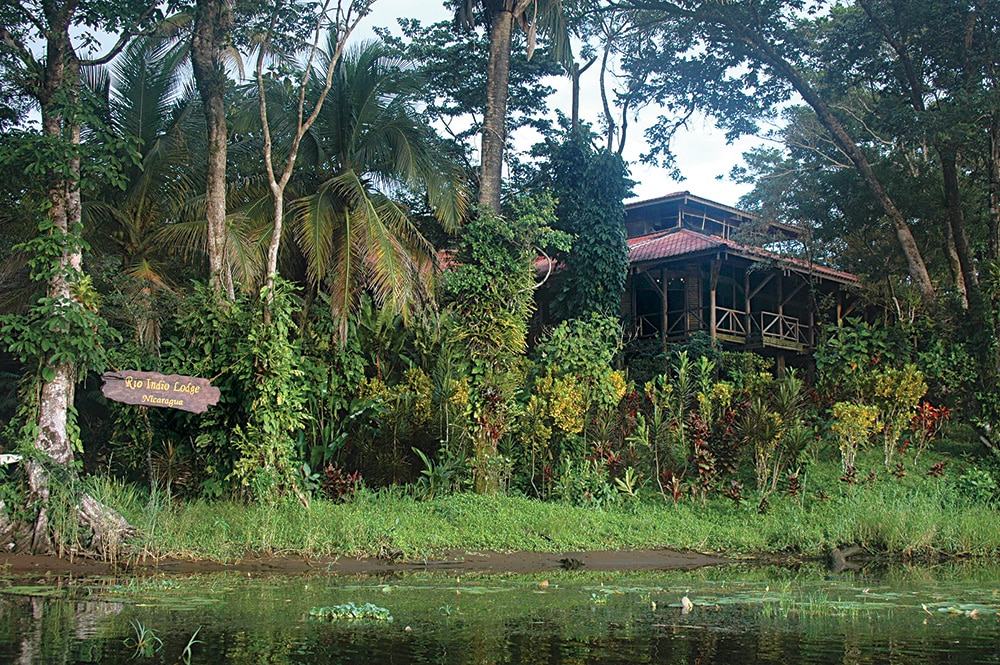
There are two ways to travel to the southeastern part of Nicaragua, and both offer anglers positive experiences. Once you arrive by plane in San Jose, the capital city of Costa Rica, you have a choice. If you take the exciting route, it will include a two-hour drive through the Costa Rican countryside to Puerto Viejo. At this point you’ll board a boat to make a two- to three-hour fast-paced run along several small rivers until you cross into Nicaragua. This ride gives you a chance to check out the jungles and wildlife, including sun-basking caimans along the banks. If this is your first time visiting and you have the time, choose this route. However, if time is limited, you can transfer planes in San Jose and take a 30-minute flight to an airport within minutes of the fishery at Bara del Colorado in Nicaragua.
I lucked out and hit a worthy fishing location on my first visit. The mouth of the San Juan River and the Rio Maiz National Park offer excellent fishing.
For the saltwater fly-angler, this area offers tarpon ranging from 50 to 150 pounds and trophy-size snook. It’s important to point out that I’ve seen similar fisheries in Costa Rica with many lodges competing over the same resource. This area has one lodge, Rio Indio, and it happens to be just a 10-minute run from the mouth. Without the multiple lodges, it’s easy to see why the numbers of fish are apparently greater, and should remain so for the foreseeable future. The lodge has made a smart decision in enlisting the help of Robertson in developing this special fishery for international travelers.
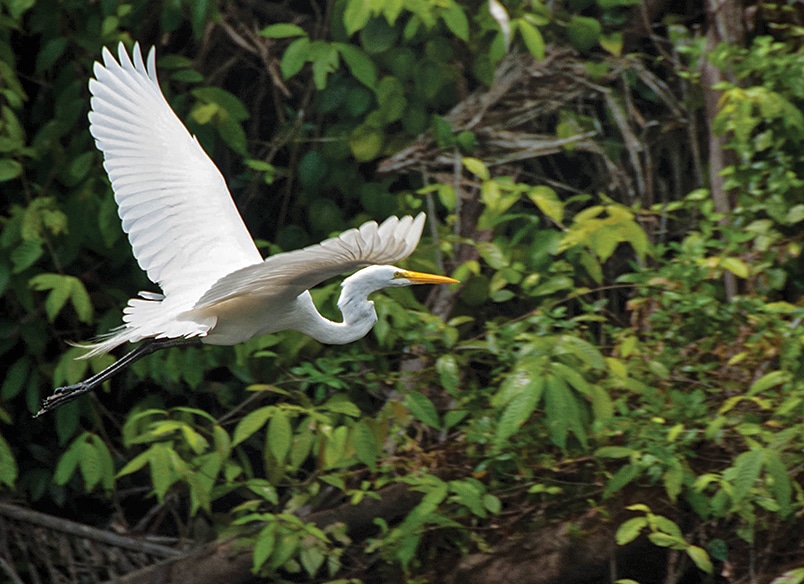
For those who have never fished in Central America, I want to point out that this is not a sight-fishery. The east coast rivers of Central America dump nutrient-rich waters into the Caribbean Sea in dependable seasons. Tarpon and snook are there to take advantage of the helpless baitfish as they are swept into the ocean during higher river levels. The light September winds and the tides of the Caribbean partially dictate the flow of the rivers in the fall. A silt layer about two feet thick pours from the river, which makes sight-fishing nearly impossible. However, under this silt layer is crystal clear tropical seawater that holds the baitfish the tarpon are looking for. This silt layer also provides cover for the angler. Using 14- to 16-weight rods, the angler’s goal is to get down to the fish. Fast-sinking lines with heavily weighted flies are required to descend to the zone. Be warned: Hooking tarpon in these conditions is not for the weak. The fish are using a three-dimensional field to fight you; not only are they running and jumping, but they can also dive deep. Farther inside the river mouths, snook can often be found. Nicaraguan snook seemed to be fairly willing to hit popular flies like Half-and-Halfs, Clousers and Seaducers.
While southeast Nicaragua is not an uncovered destination, with great sandy flats full of tarpon, permit and bonefish, it is a destination any adventurous fly-fisherman will appreciate. And, if you time it right, some great angling opportunities can be found, no doubt.
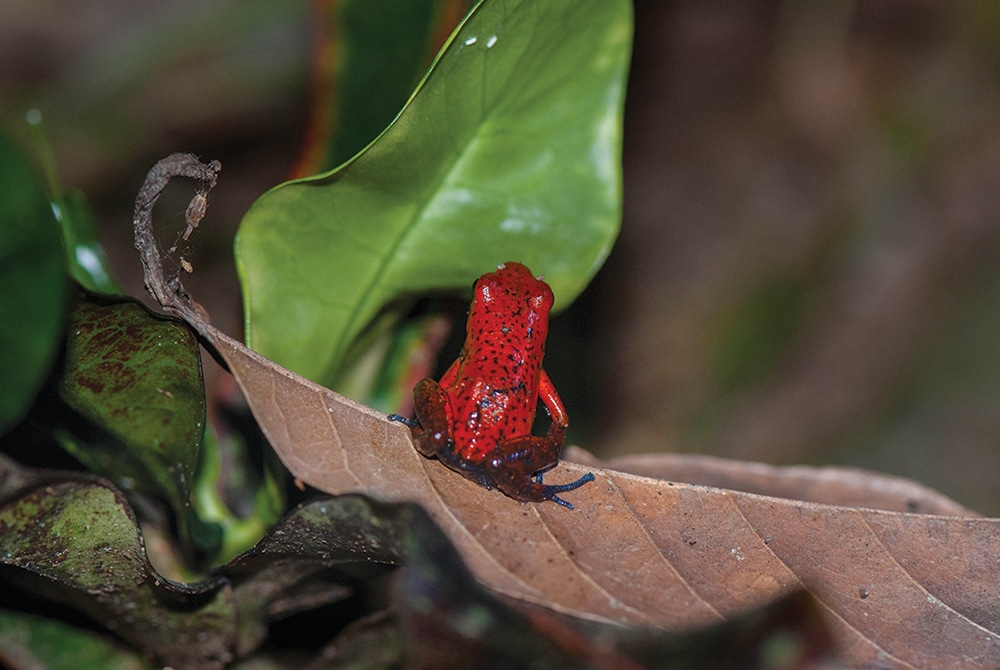
A Health-Conscious Nation
While many lodges and fishing destinations offer activities for non-anglers, the more health-conscious will love Nicaragua in particular. Locals have a great appreciation for organically grown and raised foods. Rio Indio Ecolodge is proud of the sustainable organic foods, mostly grown on the grounds in the jungle behind the lodge, that it offers its guests. In addition, the lodge built a river-level platform designed so guests could take outdoor yoga classes. If you’re familiar with yoga, try holding a crane pose at midday in a Central American jungle. Add in the rich ecological area to be explored on foot and with kayaks, and your nonangler partner will not even realize that you are gone for eight to 10 hours a day chasing giant tarpon and snook.
